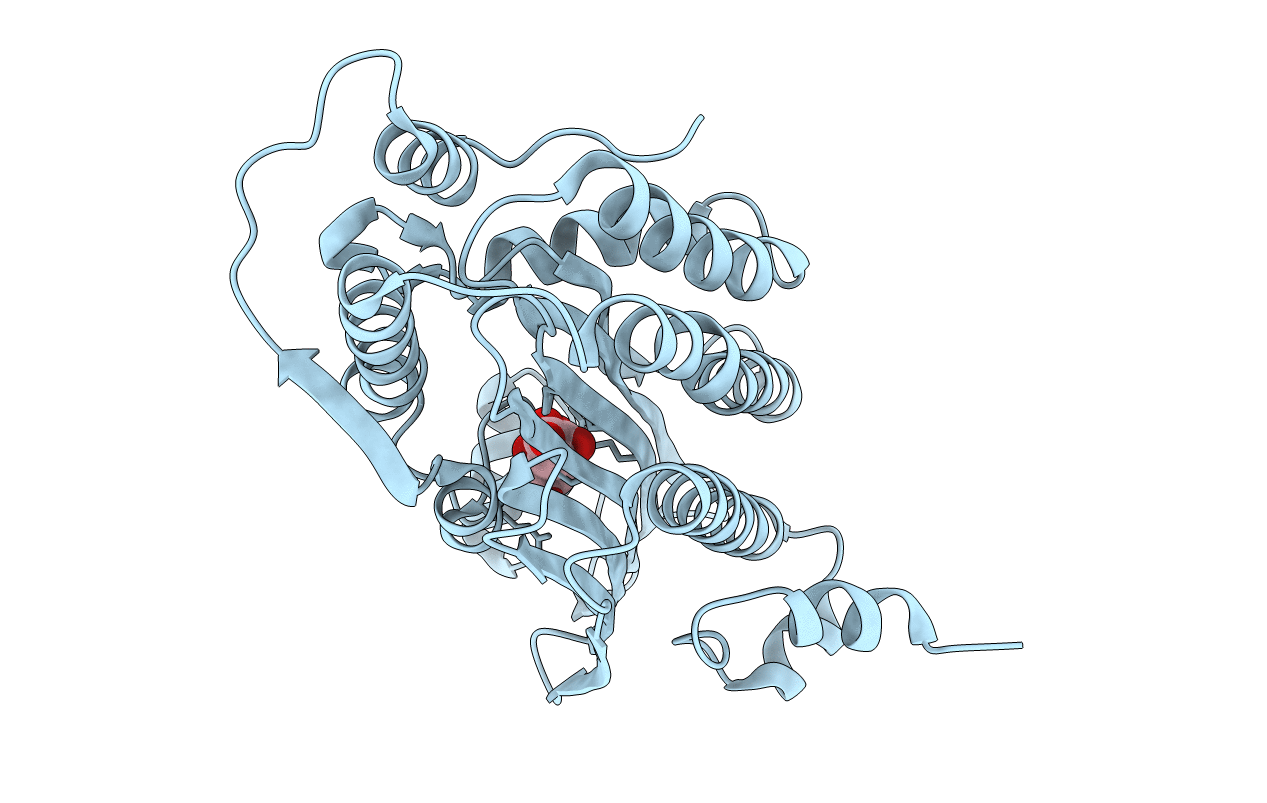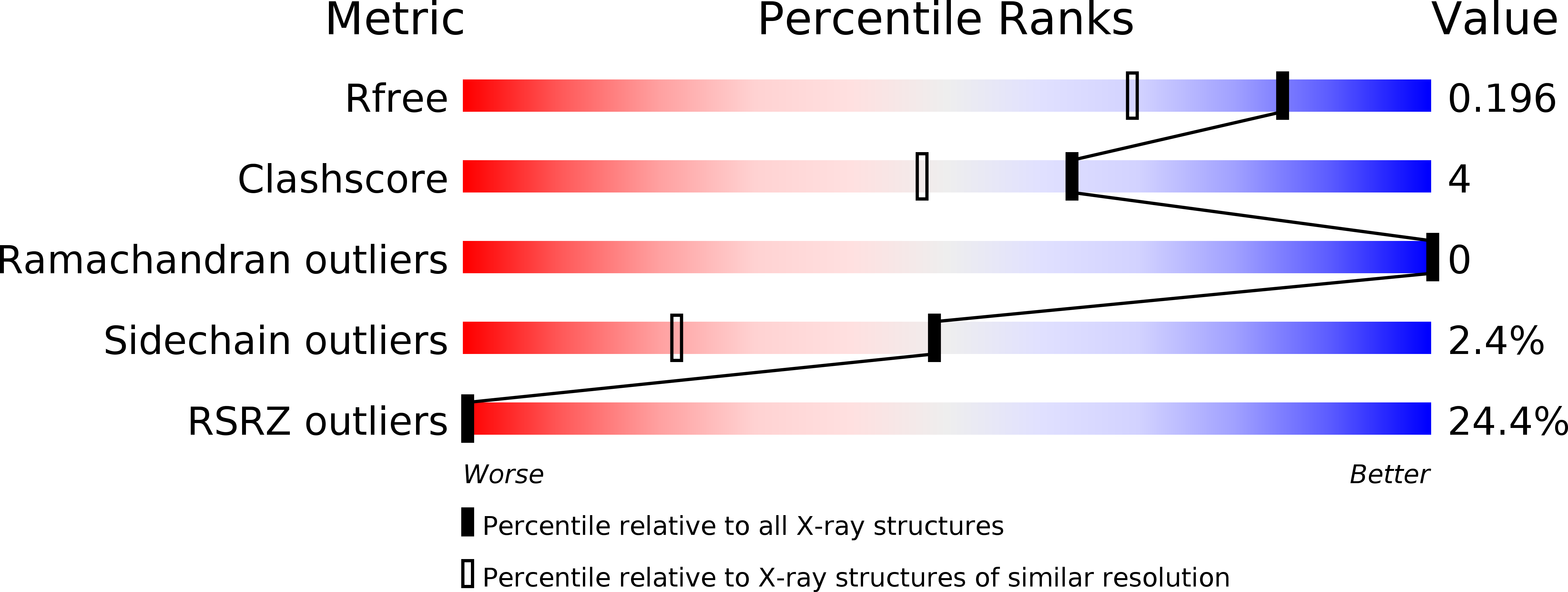
Deposition Date
2005-07-24
Release Date
2005-08-02
Last Version Date
2024-02-14
Entry Detail
PDB ID:
2AEX
Keywords:
Title:
The 1.58A Crystal Structure of Human Coproporphyrinogen Oxidase Reveals the Structural Basis of Hereditary Coproporphyria
Biological Source:
Source Organism:
Homo sapiens (Taxon ID: 9606)
Host Organism:
Method Details:
Experimental Method:
Resolution:
1.58 Å
R-Value Free:
0.20
R-Value Work:
0.18
R-Value Observed:
0.18
Space Group:
P 2 3


